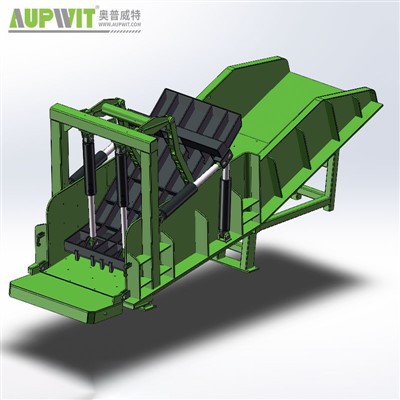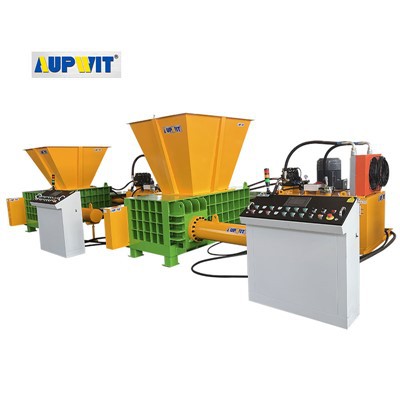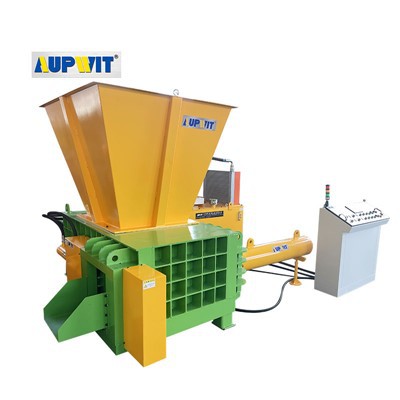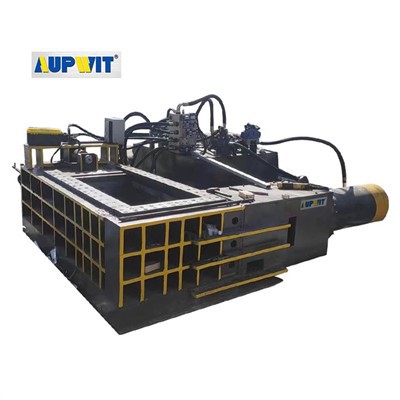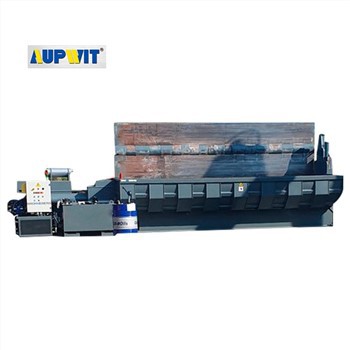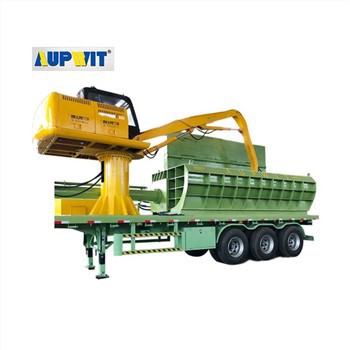Briquetting Press Technology
Briquetting Presses transform loose materials into high-density blocks through a multi-step mechanical process.
Material Feeding Process
First, the loose materials, which can range from biomass like sawdust and straw to industrial waste such as metal shavings, are fed into the hopper of the press.
Input Materials
- Agricultural biomass (sawdust, straw, husks)
- Industrial waste (metal shavings, plastic scraps)
- Recyclable materials (paper fibers, cardboard)
- Mineral powders (coal dust, charcoal fines)
Compression Mechanism
Inside the chamber, powerful hydraulic or mechanical mechanisms generate immense pressure to compact materials.
Press Types
- Hydraulic presses using fluid-powered cylinders
- Mechanical presses with gear-driven mechanisms
- Pressure reaching 5-20 tons typically
- Multi-directional compression forces
- Air gap reduction between particles
Thermal Bonding
Some presses incorporate heat during the process, especially when handling materials that benefit from thermal bonding.
Thermal Applications
- Activation of natural binders in biomass
- Plastic melting and fusion (180-220°C)
- Improved particle bonding strength
- Temperature-controlled zones
Final Product Ejection
The combination of high pressure and heat fuses particles into dense, durable blocks that are ejected from the mold.
Output Characteristics
- Uniform shape from precision molds
- High-density composition (1.2-1.4 g/cm³)
- Structural integrity for handling
- Ready for storage/transportation
- Moisture-resistant properties


